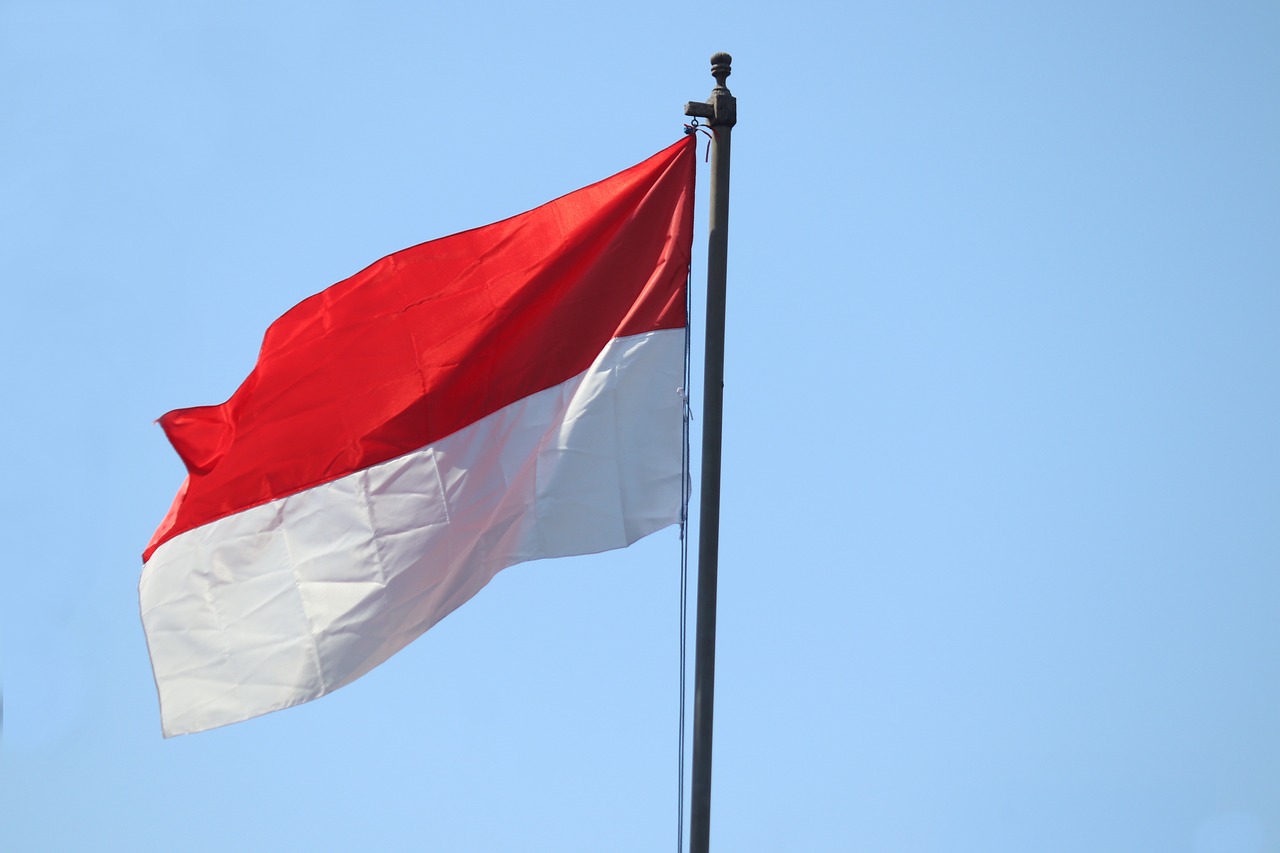
Vocabulary:
- allocation /al-uh-KEY-shuhn/
- anticipated /an-TIS-uh-pey-tid/
- intensified /uhn-TEN-suh-fide/
- commence /kuh-MENS/
- reliance /ri-LAHY-uhns/
[noun] – the process of giving someone their part of a total amount of something to use in a particular way
The government’s fund allocation for renewable energy projects prioritized solar and wind farms, aiming to allocate 40% of the total budget to these initiatives.
[adjective] – something that is expected, predicted, or foreseen to happen or occur in the future
The company’s anticipated growth in the next fiscal year prompted strategic investments to meet the expected demand.
[adjective] – describes something that has been made more intense, heightened, or increased in strength, magnitude, or degree
The intensified heatwave exacerbated the already severe drought conditions in the region.
[verb] – to begin something
The construction is set to commence next Monday.
[noun] – the state of depending on or trusting in something or someone
The company’s success was built upon its reliance on innovative technology.
Article reading:
Outlined within the Just Energy Transition Partnership (JETP), Indonesia sets a firm target to slash carbon dioxide emissions to 250 million metric tons by 2030 for its on-grid power sector, a marked contrast to the anticipated 350 million under usual business conditions. The official release of the Comprehensive Investment and Policy Plan (CIPP), subsequent to a comprehensive public review of its earlier draft earlier this month, solidifies this investment proposition. As one of the globe’s primary contributors to greenhouse gases, Indonesia is committed to significantly increasing the renewable energy component in its power generation to 44% by 2030, a substantial rise from the 12% recorded in 2022. Erick Thohir, the ad-interim chief minister for investment affairs, emphasized the pressing need for an intensified and accelerated partnership to prioritize key projects and promptly fulfill financial commitments. The CIPP estimates the necessity of $97.3 billion in investments to reach its objectives, with $66.9 billion allocated to 400 projects slated to commence by 2030 at the latest. Michael Kleine, the U.S. charge d’affaires in Jakarta, foresees JETP funding accelerating energy transition investment, attracting more financial aid. Yet, environmentalists worry about the heavy dependence on commercial loans. With half of the funds coming from private financing, debates ensue over the reliance on standard or market-rate loans, raising questions about their implications. Indonesia’s JETP stands as the largest initiative in its category, second only to Vietnam’s $15 billion program.
Discussion Questions:
- Have you personally witnessed or been part of a significant national or international financial initiative aimed at environmental conservation or sustainability goals? If yes, how did your involvement influence or shape the project’s outcomes? If not, what role do you think individuals or private entities could play in supporting such large-scale initiatives effectively?
- Have you ever encountered a situation where balancing the urgency of environmental action conflicted with the financial methods or sources chosen for a sustainability project? If yes, how was this conflict addressed or resolved, and what compromises, if any, were made to align both financial feasibility and environmental goals? If not, what considerations do you believe are vital in reconciling financial strategies with urgent environmental needs in large-scale projects?
- Do you believe that relying on a significant portion of funding from private financing, even if it means market-rate loans, is an acceptable approach for countries aiming to expedite their transition to renewable energy and achieve ambitious environmental targets?
- To what extent do you think the emphasis on securing substantial financial support from private financing might impact the long-term sustainability and autonomy of Indonesia’s energy transition plan? How might this reliance on commercial loans influence the country’s ability to maintain its commitment to decarbonization goals in the face of market fluctuations or changing economic conditions?
- Considering the significant financial allocation needed for Indonesia’s energy transition, what potential challenges or risks might arise from the country’s heavy reliance on external financial aid, particularly in terms of the terms and conditions of loans, the possibility of debt burdens, or the impact on the country’s sovereignty in decision-making regarding its energy policies and initiatives? How can Indonesia navigate these risks while ensuring the success and resilience of its renewable energy transition?
Summarization
Describe:
- fund
- sector
- implication
- necessity
- renewable energy